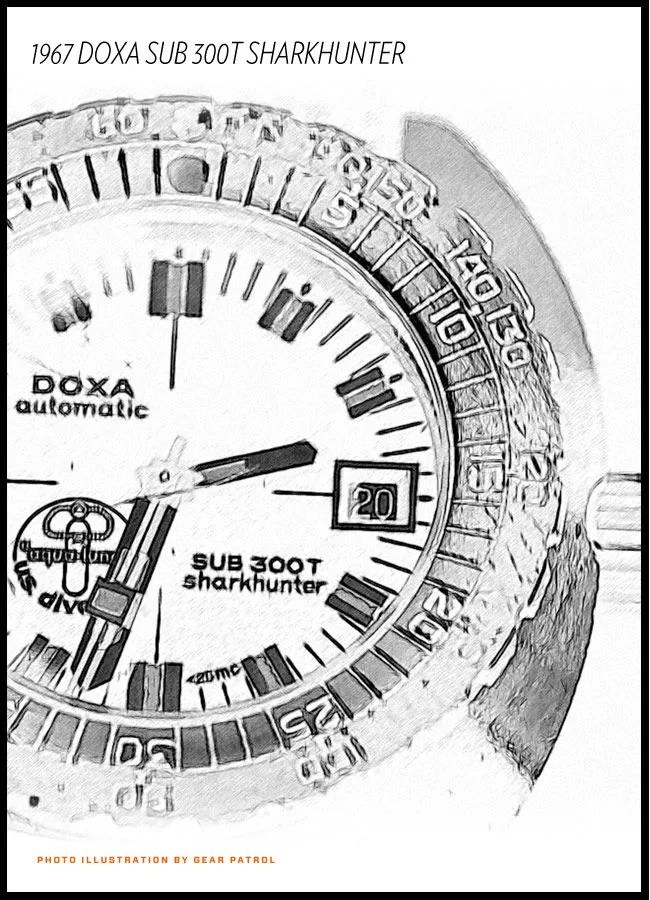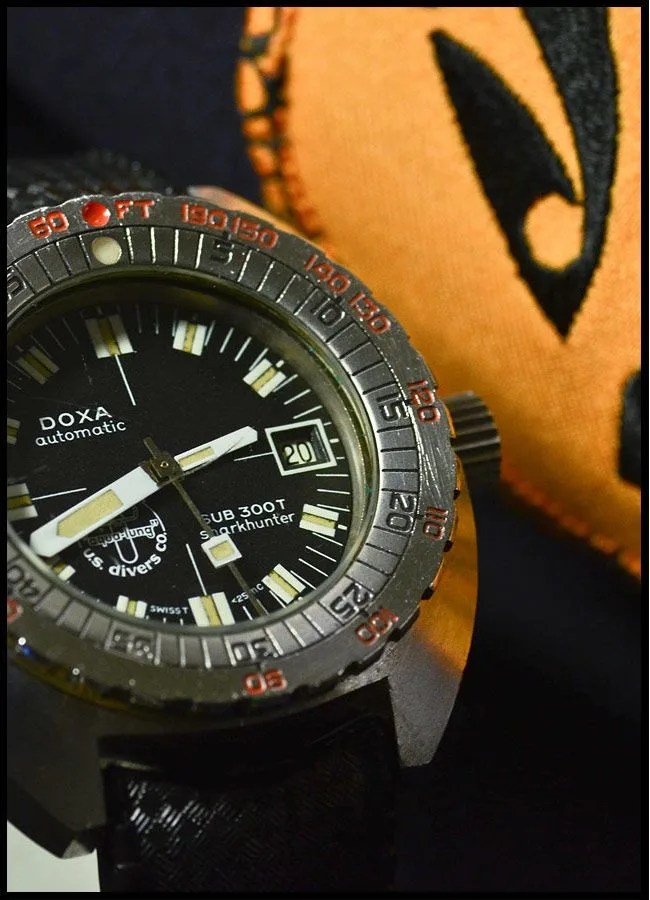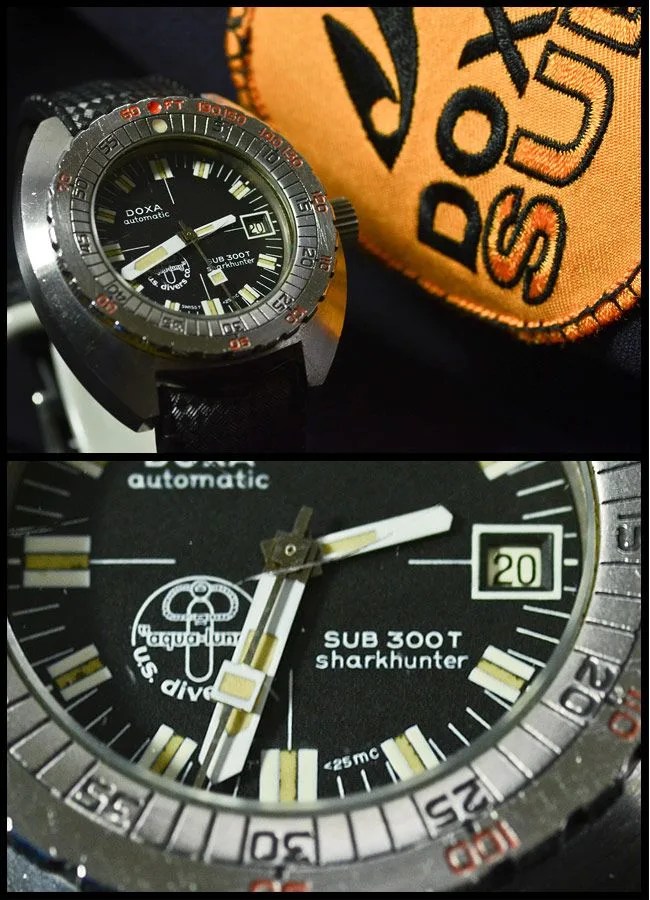 Gishani
GishaniIn the 1960s, scuba diving’s popularity was booming, thanks almost entirely to one man: Jacques-Yves Cousteau. It was Cousteau who, along with Emile Gagnan invented the Self-Contained Underwater Breathing Apparatus (SCUBA) known as the Aqua-Lung. It was also Cousteau, whose French-accented voiceovers and globetrotting adventures on his TV series fascinated households worldwide. And as if he wasn’t busy enough, Cousteau was also the president of the American diving equipment company, U.S. Divers Company, which was providing reliable, affordable underwater gear to amateur underwater explorers. So when U.S. Divers selected a DOXA dive watch to bear its logo, it was like a blessing from Neptune himself.
By 1967, DOXA was a tired brand whose glory days were seemingly behind it. But they saw in the bold sport of diving an opportunity to create a new kind of watch, one designed for the sport diver, not the mine-clearing, Black Ops, Special Forces frogmen who were wearing stark Rolexes and Omegas. So DOXA designer, Urs Eschele, started with a blank sheet of paper and a list of specifications from some of Cousteau’s minions. The result was a watch that didn’t look like anything else and could have only been the result of a purely purpose-designed mandate. U.S. Divers Co. was so pleased with the SUB 300 (the “T” didn’t come until later) that it bought the rights to be sole distributor of the watch in the United States and put its familiar “Aqua-Lung” logo right on the dial. The watch was a huge success and countless divers wore it as a sort of badge of honor. If you wore a DOXA SUB in the 1960s, you were a diver.

Photos by Gishani for Gear Patrol

The DOXA SUB 300T was produced for many years in various forms but languished in the 1970s, thanks to the quartz watch revolution. But it received another celebrity endorsement, this time in the form of a fictional hero, Dirk Pitt. Pitt was the creation of former dive shop worker turned novelist, Clive Cussler who, as legend has it, was given a DOXA as a parting gift when he left his dive shop job to pursue writing full-time. He was so smitten with the watch that he made it standard equipment for his globetrotting, world-saving, hyper-masculine do-gooder. Thanks to the millions of Dirk Pitt novels sold over the decades, the DOXA SUB lived on, if only in fiction, until the watch was resurrected in the early 2000s.
The DOXA SUB is a clear example of the “form follows function” design philosophy and its aesthetics are polarizing – you either love the way it looks or you hate it. And while it is not as elegant or versatile as the prototypical dive watch, the Rolex Submariner, it remains perhaps the best-designed pure dive watch ever made, from bezel to bracelet. A bold statement indeed but one need only examine the DOXA SUB’s features as proof.


